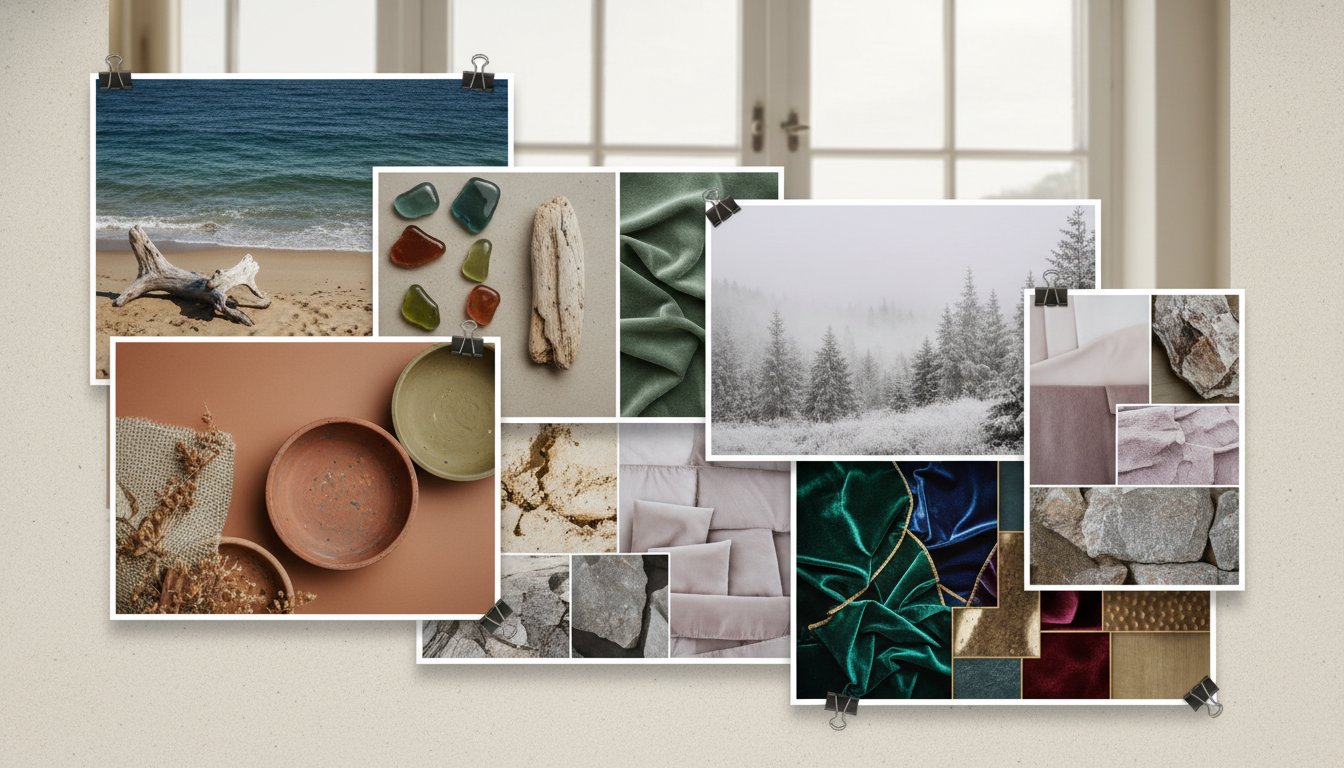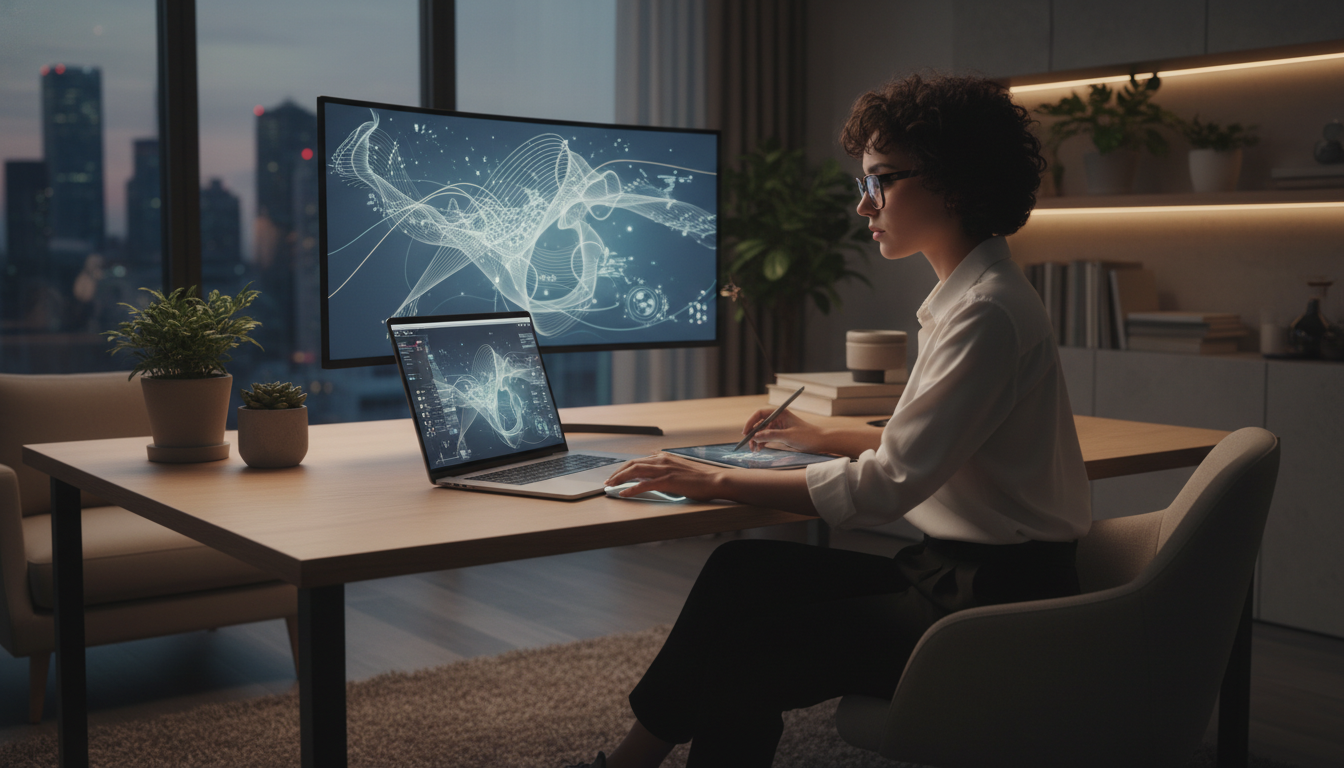Generated Images via coopeai are no longer a novelty — they are a practical creative channel that blends prompt engineering, reference-driven synthesis, and automated post-processing. This article explains what these platforms actually do, how to get predictable results, and what businesses must watch for when adopting AI image pipelines.
What coopeai-style platforms are delivering today
Platforms such as Coze and related coopeai toolchains combine text-to-image models, image-conditioned generation (image-to-image), and curated templates for tasks like product photography, poster design, and stylized portraits. Unlike a single research model, these services wrap multiple models, UI workflows, and asset management to make outputs repeatable for non-expert users. For a feature overview, see Coze's site: Coze and, for general image-generation API design, consult OpenAI's image guidance: OpenAI Images Guide.

How workflows differ: templates, reference images, and LORA-style fine control
There are three practical workflow patterns in coopeai ecosystems:
- Template-first: prebuilt scene templates (e.g., product hero shots) where the user swaps assets and text. Fast and predictable for e‑commerce.
- Reference-driven (image-to-image): upload one or more reference images to preserve pose, lighting, or texture while changing style—useful for consistent character art or branded content.
- Model-blending and LoRA adapters: lightweight fine-tuning or style adapters let teams lock in a visual identity across generations.
Knowing which pattern to use reduces churn: templates for scale, references for fidelity, adapters for brand consistency.

Getting consistent quality: prompt structure and parameter tuning
Quality control in these systems is a combination of four levers: prompt clarity, negative prompts, model/adapter selection, and generation parameters (resolution, seed, sampling strength). Practical tips:
- Start with a short, concrete creative brief (subject, mood, camera/lighting style).
- Use reference images when pose/identity matters; control image-to-image strength to balance originality and fidelity.
- Apply negative prompts to avoid recurring artifacts (e.g., "low quality, deformed hands").
- Batch-generate with varied seeds and pick-best rather than iterating single-run tweaks.
These tactics mirror what product teams use to operationalize creative production for marketing and e‑commerce.
Safety, copyright, and downstream risk management
Three risk vectors matter:
- Content safety: person-level generation and deepfakes require family‑friendly policies and consent workflows. Platforms often include person-mode filters and usage warnings—validate these before large-scale use.
- Copyright & training-data provenance: ask providers about dataset sources and model licenses; for commercial use, prefer services that offer explicit IP terms or allow custom model fine-tuning on owned assets.
- Brand risk: automatically generated imagery can introduce off‑brand artifacts; include a QA step with human review and automated checks for logo fidelity or prohibited content.
For API design and safety practices, see the OpenAI guidelines on image generation: OpenAI Images Guide.
Business use cases and measurable impact
- E‑commerce: auto-generate product variants and contextual scenes, reducing photoshoot costs and speeding A/B testing of creatives.
- Marketing: rapid concepting for social ads and posters using template-driven generation.
- Creative studios: use adapters and reference flows to maintain a visual pipeline across projects.
KPIs to track: time-to-first-creative, cost-per-image, approval rate, and conversion lift for generated vs. traditional creatives.
Practical adoption checklist for teams
- Define permitted use cases and human-in-the-loop gates for final approval.
- Standardize a prompt library and reference asset bank to ensure consistency.
- Evaluate providers on model transparency, IP terms, and exportable artifacts.
- Run a pilot comparing generated assets to human-produced baselines across cost and conversion metrics.

What to watch next year
Expect three converging trends: tighter model governance (provenance and opt-out datasets), better brand-control primitives (adapter marketplaces and style-locking), and real-time image synthesis integrated into design tools. For practitioners, the opportunity is to treat generated images as a production asset—apply versioning, QA, and performance tracking just like any other content pipeline.
If you're experimenting with generated images via coopeai-style platforms, focus first on repeatability (templates + reference banks) and second on legal clarity (IP and consent). The creative upside is huge, but the win is in predictable, auditable workflows.